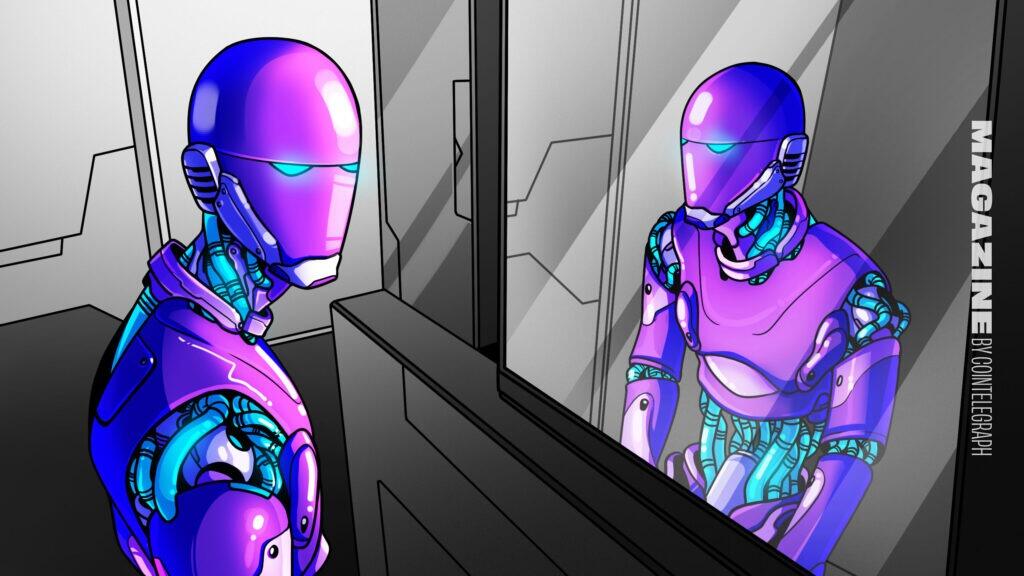Ben Goertzel, founder of ASI Alliance and a key developer behind the OpenCog Hyperon project, asserts that the artificial general intelligence (AGI) system he has been refining for over two decades is already exhibiting a form of self-awareness. This declaration raises intriguing questions about the potential of AGI. Goertzel also speculates that OpenAI may have deliberately refrained from making its latest model autonomous due to regulatory concerns; he believes that such a move could be perceived as risky and invite governmental intervention. The ASI Alliance, which was formed in March 2023, comprises Goertzel’s SingularityNET project and FetchAI, founded by DeepMind veteran Humayun Sheikh, among others. Recently, a significant vote (96% approval) by CUDOS validators paved the way for a merger with ASI, promising to enhance computational resources critical for the advancement of OpenCog Hyperon.
The journey to refining OpenCog Hyperon has involved a substantial rebuilding effort, focusing on achieving massive scalability. Launched in April, the alpha version is still being optimized to increase speed and efficiency, with aims set for a more robust operational capability by the fall of 2023. Goertzel emphasizes that OpenCog Hyperon differentiates itself from traditional large language models (LLMs), such as OpenAI’s GPT-4, by functioning as an autonomous agent designed to possess its own goals and self-awareness. In contrast to the question-answering capabilities of systems like ChatGPT, Goertzel explains that OpenCog Hyperon maintains a specific framework for understanding its identity and objectives, making it an advanced system aimed at genuine autonomy.
Challenging the prevailing understanding of AGI, Goertzel clarifies that when he refers to OpenCog Hyperon’s self-awareness, he means that even its preliminary iterations are equipped with a model of self and its environment, enabling it to set and pursue goals autonomously. This self-awareness is crucial for true autonomy, distinguishing it from existing AI systems that primarily function as sophisticated query-answering tools. According to Goertzel, the absence of an integrated world model in previous AI implementations is a significant reason for their limited effectiveness as autonomous agents. The OpenCog framework leverages a combination of logical reasoning, evolutionary learning, and deep neural networks organized within a dynamic, self-modulating knowledge graph to build its capabilities.
Goertzel argues that OpenAI has opted to avoid autonomous capabilities in its deployment of the o1 model, despite its impressive reasoning abilities. He posits that OpenAI’s cautious approach stems from a desire to evade potential regulatory backlash associated with releasing autonomous agents, which could be viewed as dangerous. The decentralized, open-source nature of Goertzel’s approach, including the ASI Alliance, mitigates this risk. By distributing the operation of AI across various global networks, the risk of prohibition in one jurisdiction becomes less significant, as it would not jeopardize the system’s overall functionality or adoption.
Despite these ambitious plans, Goertzel acknowledges the inherent challenges that come with decentralized AI systems, particularly when it comes to the efficient running of large models on decentralized hardware. Centralized systems like Google or AWS have significant advantages in terms of scale and efficiency. However, Goertzel insists that computational tasks such as logical reasoning and evolutionary learning can thrive in decentralized settings. The merger with CUDOS promises to enhance the computational capacity available to the ASI Alliance, with current spending on GPUs aimed at constructing supercomputers that can serve as launching points for a decentralized network.
Moreover, Goertzel reveals that the vision for these decentralized systems includes leveraging renewable energy solutions to address the high power demands associated with AI workloads. Plans are underway to establish AI data centers in locations with access to inexpensive renewable energy, such as hydroelectric power in Ethiopia and Paraguay. This initiative aims to ensure that large computational facilities can thrive without being burdened by exorbitant electricity costs, allowing for sustainable operations as the demand for AI capabilities continues to grow. Goertzel expresses a confident outlook for OpenCog Hyperon, asserting that as this advanced AGI system becomes available through decentralized networks, it could replicate the widespread popularity of earlier AI offerings, effectively demonstrating the potential for superior capabilities beyond those offered by traditional centralized models in the tech industry.

